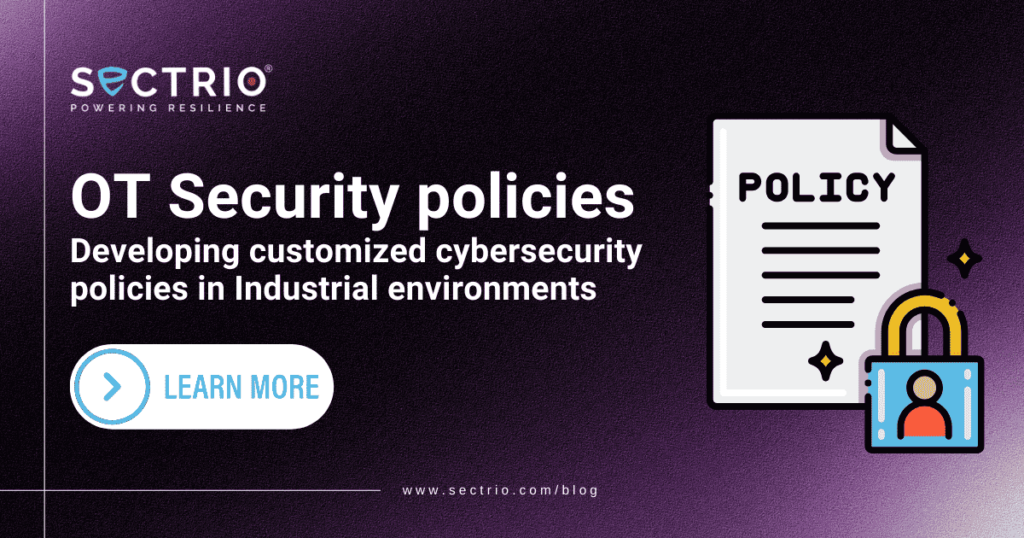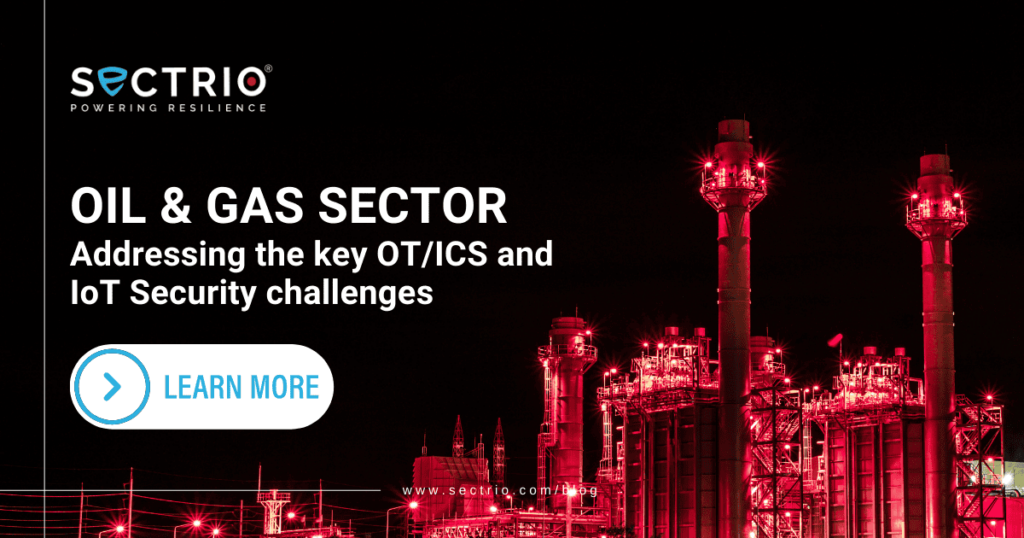Developing customized OT security policy in complex industrial environments
Explore Sectrio’s solutions today: Solutions | Products | Services | SOC For most Operational Technology (OT) operators, an IT security policy is often the default policy instrument for ICS security. The IT security policy is even relied upon for complex OT systems including remote sites. This brings forth a clear mismatch between OT security priorities and IT security intricacies, leading to large gaps in the enterprise security posture. Why should one have a separate OT security policy? The inherent architecture of OT systems and the critical role it plays in running businesses and critical infrastructure should be sufficient for OT operators to develop and deploy specific policies for OT security. That is however not the case. Most businesses we have been speaking to do not have a security policy that is specific to OT and considers the unique needs of OT security. In fact, even the IT security policies that we have encountered have not been modified by businesses in any way to account for OT systems, devices, and network specifics. Having a separate OT security and governance policy also helps with: Organizations that have an OT security policy in place are less susceptible to cyberattacks if the policy prescriptions are adhered to with diligence and sincerity. Often, organizations with a comprehensive OT security policy in place are seen to have a more robust approach to cybersecurity. When policies are deployed with strong interventions including ICS security solutions, practices, and training, each intervention acts as a force multiplier for the overall enterprise security posture. Practices such as secure remote access, micro-segmentation, building DMZs, and layered security (defense-in-depth) are all the outcomes of policy guidance. In enterprises that do not have an OT security policy, security measures are deployed in a piecemeal manner and are often a result of reactive rather than proactive inclinations. In such entities, a compliance mandate could also drive security measures but only to the extent that the mandate prescribes. There is usually no inclination to go beyond and explore new territories and methods for improving security. Cost benefits of having an OT Security Policy Having a policy for OT security also proves to be cost-effective in the long run. This is because an entity that has a comprehensive OT security policy in place doesn’t have to worry about new compliance mandates or threats and may already be compliant with standards such as IEC 62443 whose variants are being incorporated in national mandates on OT cybersecurity. Since the entity has implemented the policy suggestions in a timebound manner, it has been able to do so in a more cost-sensitive manner without having to resort to affording a single outgo of a significant amount. Further, by avoiding the downtimes caused by cyber incidents and poor response to incidents, OT security policy-driven businesses can save even more. They are also able to present a higher level of credibility to their customers, shareholders, and to all stakeholders thanks to the adoption of a more responsible approach to cybersecurity. All this adds up to significant value addition to the business when one considers the long run. Getting started with an OT security policy If your business has a governance, risk, and compliance program, then you can build on that by engaging a mature ICS vendor who can draft an OT security policy for you. In case you don’t have a GRC policy then we recommend you start with an ICS risk and gap assessment to identify the parameters for framing the policy. Sectrio has enabled many enterprises in the manufacturing, oil and gas, maritime, and other sectors to frame a comprehensive OT/ICS security policy for their operations. We can also modify your existing OT/ICS policy to ensure relevance and better implementation. From pre-policy framing exercises to monitoring the implementation and effectiveness with the right KPIs and outcomes, we can help you derive and deploy the right OT/ICS security policy. Our policy development practice team is at hand to help. Book a consultation with our OT/ICS Policy and Governance Expert now. Contact Us Thinking of an ICS security training program for your employees? Talk to us for a custom package.
Developing customized OT security policy in complex industrial environments Read More »



